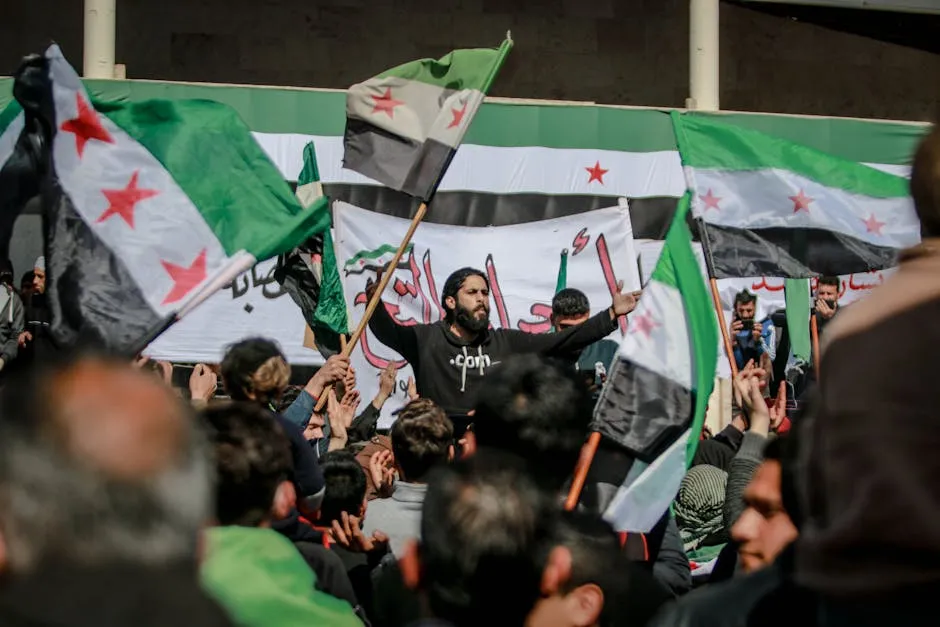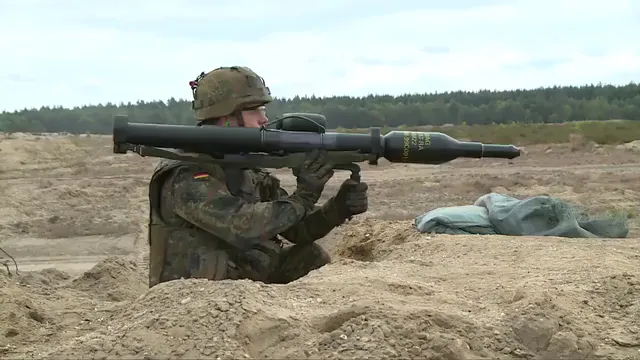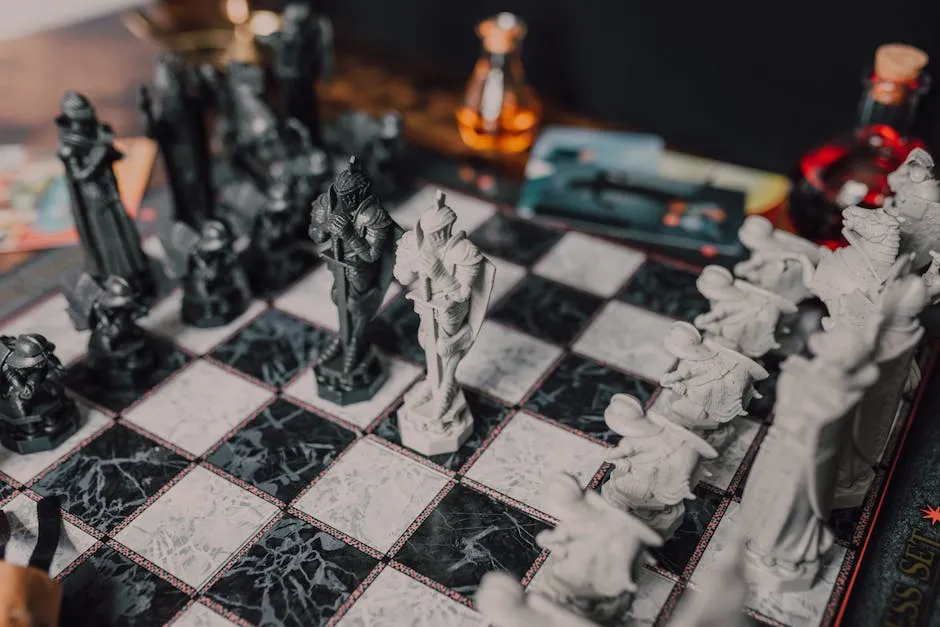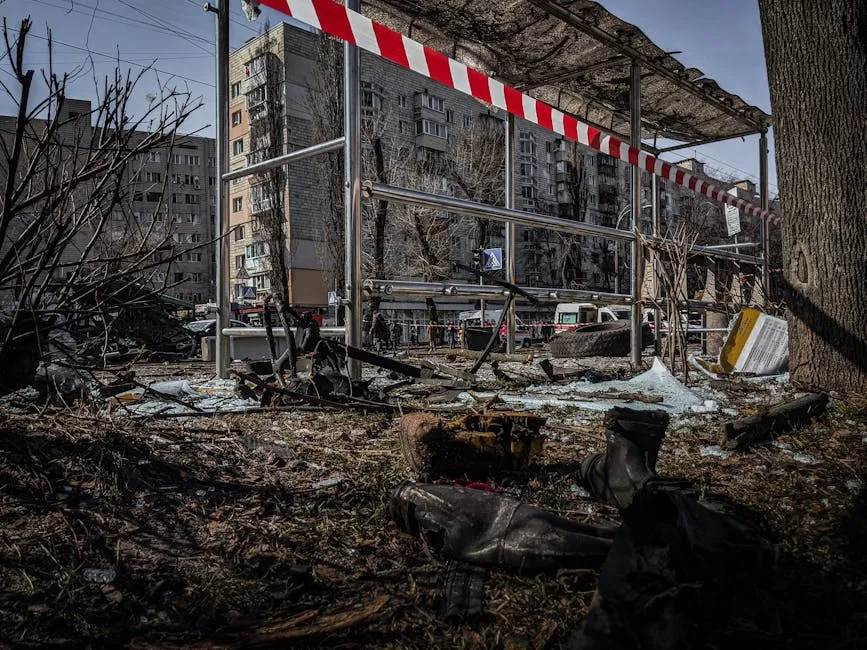
Why Did WW1 Start? An In-Depth Analysis of Causes and Events
Introduction
World War I marked a significant turning point in history. It fundamentally changed the global landscape. The assassination of Archduke Franz Ferdinand served as the immediate trigger for this massive conflict. While this incident ignited the flames of war, various long-term factors simmered beneath the surface, contributing to the eventual outbreak of hostilities.
For those intrigued by the deep historical context and the complex web of relationships during this time, “The Guns of August” by Barbara W. Tuchman is a must-read. This gripping account of the first month of World War I will give you a fresh perspective on how it all began.
Summary and Overview
World War I lasted from 1914 to 1918, involving many major powers. The conflict primarily pitted the Central Powers—Germany, Austria-Hungary, Bulgaria, and the Ottoman Empire—against the Allied Powers, which included Great Britain, France, Russia, and later the United States. The war resulted in unprecedented carnage, with over 16 million lives lost. Its consequences reshaped nations and set the stage for future conflicts, notably World War II. The devastation and political upheaval that followed the war left lasting scars on the global community, forever altering the course of history.
If you’re looking to dive deeper into the broader narrative of the war, consider picking up “A World Undone: The Story of the Great War, 1914 to 1918” by G.J. Meyer. It’s a comprehensive look at the events that shaped the war and its aftermath, perfect for history buffs.

The Complex Causes of World War I
Nationalism
Nationalism is the belief in the superiority of one’s nation. It fosters unity but can also create tensions. In the years leading up to World War I, nationalism surged in Eastern Europe, especially in Serbia. Serbian nationalists sought to liberate Slavic peoples from Austro-Hungarian control. This desire for independence escalated tensions between Serbia and Austria-Hungary. The struggle for ethnic identity and self-determination created a volatile environment, contributing to the growing hostility that would ultimately lead to war. The assassination of Archduke Franz Ferdinand reflected these nationalist aspirations, setting off a chain reaction of conflict.
The complexities of these nationalistic movements are beautifully captured in “World War I: A History” by William Philpott. This book delves into the intricate causes and consequences of the war, giving readers a well-rounded understanding of the period.

Militarism
The Arms Race
Militarism refers to the belief that a nation should maintain a strong military. This mindset led to an intense arms race in Europe. Major powers, particularly Germany and Britain, expanded their armies and navies significantly. By 1914, Germany had about 4 million soldiers and a large naval fleet. Britain, fearing Germany’s growing strength, also ramped up its military spending. In 1913 alone, Germany spent approximately £31 million on its navy, while Britain responded with its own budget increases. This competition created a tense environment where military solutions seemed preferable to diplomatic ones, setting the stage for conflict.
For a captivating exploration of how militarism influenced World War I, check out “The Sleepwalkers: How Europe Went to War in 1914” by Christopher Clark. This book explores the political and social dynamics that led to the outbreak of the war, emphasizing the role of militarism.

Imperialism
Competition for Colonies
Imperialism heightened tensions among European powers. Nations competed fiercely for colonies in Africa and Asia. Conflicts erupted over territorial claims, such as during the Moroccan Crises between Germany and France. These incidents showcased the aggressive nature of nations vying for dominance. Similarly, the Balkan Wars (1912-1913) intensified rivalries, particularly between Austria-Hungary and Serbia. Serbia’s growing influence alarmed Austria-Hungary, which sought to maintain control in the region. The struggle for colonies and influence amplified nationalistic sentiments, making diplomatic resolutions increasingly difficult.
To understand the imperialistic ambitions of the time, consider reading “The First World War” by John Keegan. This book covers the war’s broad context and its imperialistic roots, making it essential reading for those who want to grasp the full scope of the conflict.

Alliance Systems
The Triple Alliance and Triple Entente
The formation of military alliances created a complex web of obligations among European nations. The Triple Alliance consisted of Germany, Austria-Hungary, and Italy, while the Triple Entente included France, Russia, and Britain. These alliances were intended for mutual protection but ultimately escalated tensions. When conflict erupted, countries were compelled to support their allies. For example, when Austria-Hungary declared war on Serbia, Russia mobilized to defend Serbia. This domino effect meant that a localized conflict quickly spiraled into a full-scale war, drawing in multiple nations.
To delve into the intricacies of these alliances, “The Pity of War” by Niall Ferguson offers a critical analysis of the decisions that led to the war, emphasizing the role of alliances in the escalation of conflict.

The Assassination of Archduke Franz Ferdinand
The Event and Its Aftermath
On June 28, 1914, Archduke Franz Ferdinand was assassinated in Sarajevo by Gavrilo Princip, a Serbian nationalist. This act ignited existing tensions in Europe. Austria-Hungary, seeking to punish Serbia, issued an ultimatum with harsh demands. Serbia’s response was deemed inadequate, prompting Austria-Hungary to declare war on July 28. This declaration triggered the July Crisis, leading to a series of war declarations. Russia mobilized in defense of Serbia, and Germany declared war on Russia and then France. Within weeks, a regional conflict transformed into a global war, engulfing multiple nations in violence.
For an engaging retelling of this pivotal moment in history, check out “Catastrophe 1914: Europe Goes to War” by Max Hastings. This book provides an insightful look at the events leading up to the war, including the assassination and its aftermath.

The July Crisis
Austria-Hungary’s Ultimatum
After the assassination of Archduke Franz Ferdinand, Austria-Hungary issued an ultimatum to Serbia on July 23, 1914. This ultimatum contained ten demands, including an investigation into the assassination and the suppression of anti-Austrian propaganda. Serbia accepted most of the conditions but rejected those that infringed on its sovereignty. Austria-Hungary, unsatisfied with this response, declared war on Serbia on July 28. This marked a failure in diplomacy, highlighting the miscommunications and rigid stances of both nations. The ultimatum’s harshness and Serbia’s limited acceptance reflected the fragile peace in Europe and set the stage for broader conflict.
To gain a broader perspective on the diplomatic failures of this period, you might want to read “The War That Ended Peace: The Road to 1914” by Margaret MacMillan. This book examines the intricate web of political relationships that contributed to the war’s outbreak.

The Escalation of Conflict
The July Crisis quickly escalated into a full-scale war. Germany declared its support for Austria-Hungary, prompting Russia to mobilize in defense of Serbia. On August 1, Germany declared war on Russia, and two days later, it declared war on France. The violation of Belgium’s neutrality by Germany on August 4 led Britain to declare war on Germany. This sequence of events demonstrated how alliances and national interests transformed a regional conflict into a global war. Each nation acted on fears and obligations, creating a chaotic environment that engulfed Europe in violence.
To further understand the complex dynamics of the July Crisis, consider watching “The First World War: A Complete History” by Martin Gilbert. This documentary offers insights into the events that unfolded during this critical time.

The Global Impact of World War I
Casualties and Destruction
World War I resulted in staggering casualties, with military deaths exceeding 9 million and civilian deaths estimated around 10 million. The war’s brutality reshaped societies, leading to significant changes in gender roles as women took on jobs left vacant by men. Economic conditions deteriorated, with many countries facing inflation and unemployment. The war also caused deep psychological scars, affecting countless veterans. The sheer scale of devastation and loss left an indelible mark on the collective memory of nations, influencing social and political landscapes for generations to come.
To further explore the aftermath of the war and its impact on society, you might want to consider watching “The First World War: A Very Short Introduction” by Jay Winter. This book provides a concise overview of the war’s impact on society and its lasting effects.

The Collapse of Empires
World War I significantly weakened empires, leading to their eventual collapse. The Austro-Hungarian Empire faced internal strife, fueled by nationalism among its diverse ethnic groups. The war exacerbated these tensions, leading to its disintegration. Similarly, the Ottoman Empire crumbled under military defeats and nationalist movements within its territories. As these empires fell, new nations emerged, reshaping the political landscape of Europe and the Middle East. Countries like Czechoslovakia and Yugoslavia were born from the remnants of empires, highlighting the war’s role in redefining national identities and borders.
If you’re interested in a broader historical perspective, “The Great War and Modern Memory” by Paul Fussell offers an analysis of how the war influenced literature and memory, providing insights into its cultural impact.

Lasting Legacy and Consequences
The consequences of World War I set the stage for future conflicts, particularly World War II. The Treaty of Versailles, signed in 1919, imposed heavy reparations on Germany and redrew national boundaries. This treaty fostered resentment and economic hardship, creating fertile ground for extremist ideologies to rise. Additionally, the war’s social upheaval laid the groundwork for significant political changes across Europe. The unresolved tensions and national grievances from this period contributed to the outbreak of World War II, making the legacy of WWI both profound and enduring.
To further understand the implications of the Treaty of Versailles, you might want to read “1914: The Year the World Ended” by Paul Ham. This book meticulously examines the events leading up to the war and their lasting impact.

Conclusion
The causes of World War I were complex and interconnected. Nationalism, militarism, imperialism, and intricate alliances all played crucial roles in escalating tensions. The assassination of Archduke Franz Ferdinand became the spark that ignited widespread conflict. The war’s significance extends beyond its immediate impacts, as it led to the collapse of empires and the emergence of new nations. The long-term effects shaped global history, influencing political landscapes and international relations for decades to come. Understanding these multifaceted causes allows us to appreciate the war’s profound legacy in shaping the modern world.
To further explore the narratives and stories of individuals during the war, consider reading “Memoirs of a Fox-Hunting Man” by Siegfried Sassoon. This semi-autobiographical novel offers a poignant look at the war’s impact on personal lives.

FAQs
What were the main causes of World War I?
World War I stemmed from several key factors. Nationalism fueled tensions, as countries sought to assert their power and identity. Militarism led to an arms race, with nations aggressively building up their military forces. Imperialism intensified rivalries as countries competed for colonies and resources. Finally, complex alliances created a web of obligations that pulled nations into conflict when tensions escalated.
How did the assassination of Archduke Franz Ferdinand lead to war?
The assassination of Archduke Franz Ferdinand on June 28, 1914, acted as a catalyst for war. Ferdinand was killed by Gavrilo Princip, a Serbian nationalist. Austria-Hungary blamed Serbia for the assassination, issuing an ultimatum with harsh demands. When Serbia’s response failed to satisfy Austria-Hungary, it declared war on July 28. This set off a chain reaction, with Russia mobilizing to support Serbia, followed by Germany declaring war on Russia and France.
What role did alliances play in the outbreak of WWI?
Alliances played a critical role in escalating the conflict. Europe was split into two main factions: the Central Powers and the Allies. When Austria-Hungary declared war on Serbia, Russia mobilized to defend Serbia due to their alliance. Germany, bound by its alliance with Austria-Hungary, declared war on Russia, dragging France and eventually Britain into the fray. This interconnected web of alliances turned a localized event into a widespread war.
Why is World War I often referred to as ‘The Great War’?
World War I is often called ‘The Great War’ due to its unprecedented scale and impact. It involved numerous countries across multiple continents, resulting in vast destruction and loss of life. The term was used before the onset of World War II, reflecting the belief that it would be the last major conflict. The war fundamentally altered political boundaries and social structures in many nations.
What were the consequences of World War I?
The consequences of World War I were profound. The war led to the collapse of empires, including the Austro-Hungarian, Ottoman, and Russian Empires. The Treaty of Versailles imposed harsh reparations on Germany, fostering resentment. Additionally, the war caused significant changes in gender roles and the rise of new political ideologies. The geopolitical landscape shifted dramatically, setting the stage for future conflicts, notably World War II.
How did World War I change global politics?
World War I significantly changed global politics by redrawing national boundaries and creating new nations. The collapse of empires and the emergence of countries like Czechoslovakia and Yugoslavia altered the political map of Europe. The war also led to the rise of the United States as a global power. Additionally, the conflict brought about widespread social changes, including movements for independence and greater rights for women.
Why did the war lead to another global conflict (WWII)?
The unresolved issues from World War I contributed to the outbreak of World War II. The Treaty of Versailles created economic hardships in Germany, fostering resentment and nationalism. The punitive measures imposed on Germany and the instability in Europe led to the rise of extremist ideologies, particularly Nazism. These tensions, combined with territorial disputes and a desire for revenge, set the stage for another devastating conflict.
Please let us know what you think about our content by leaving a comment down below!
Thank you for reading till here 🙂
All images from Pexels




